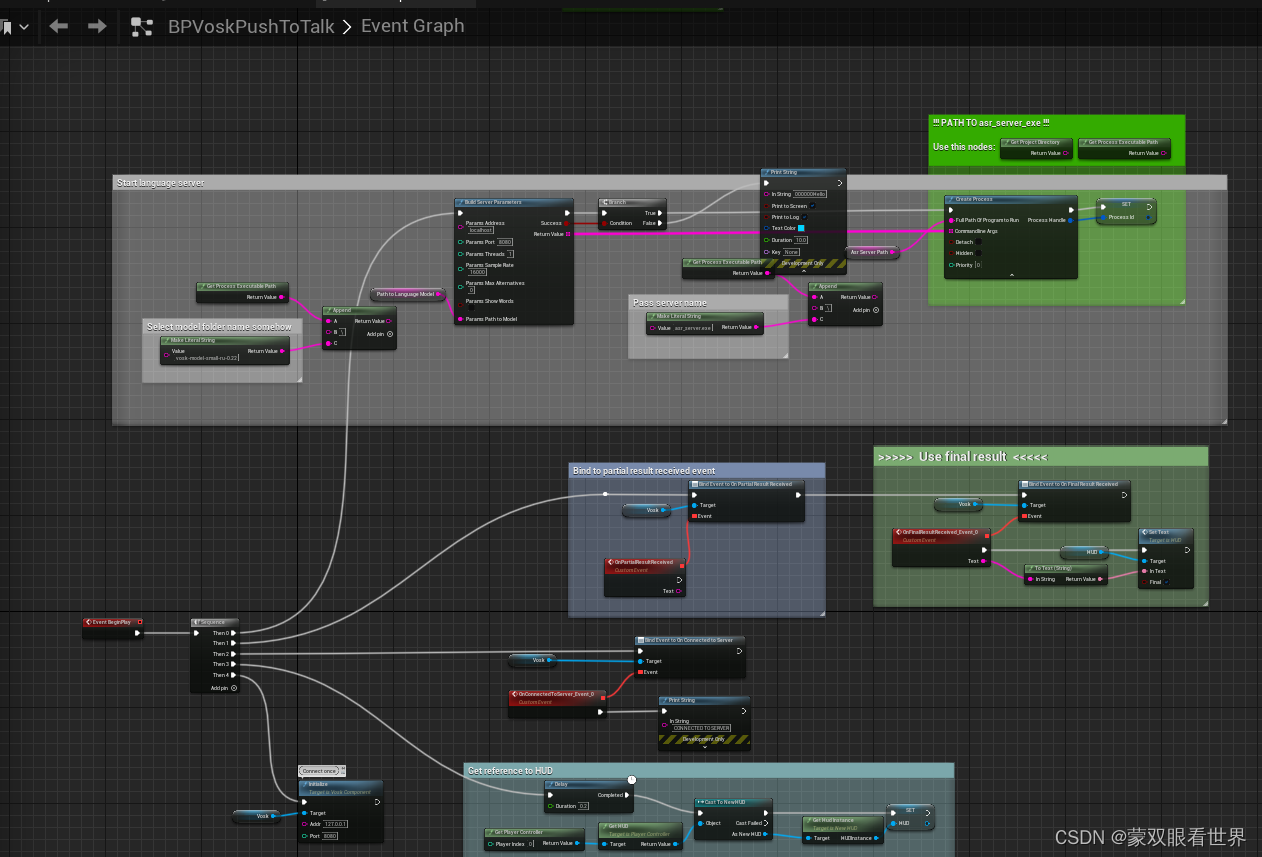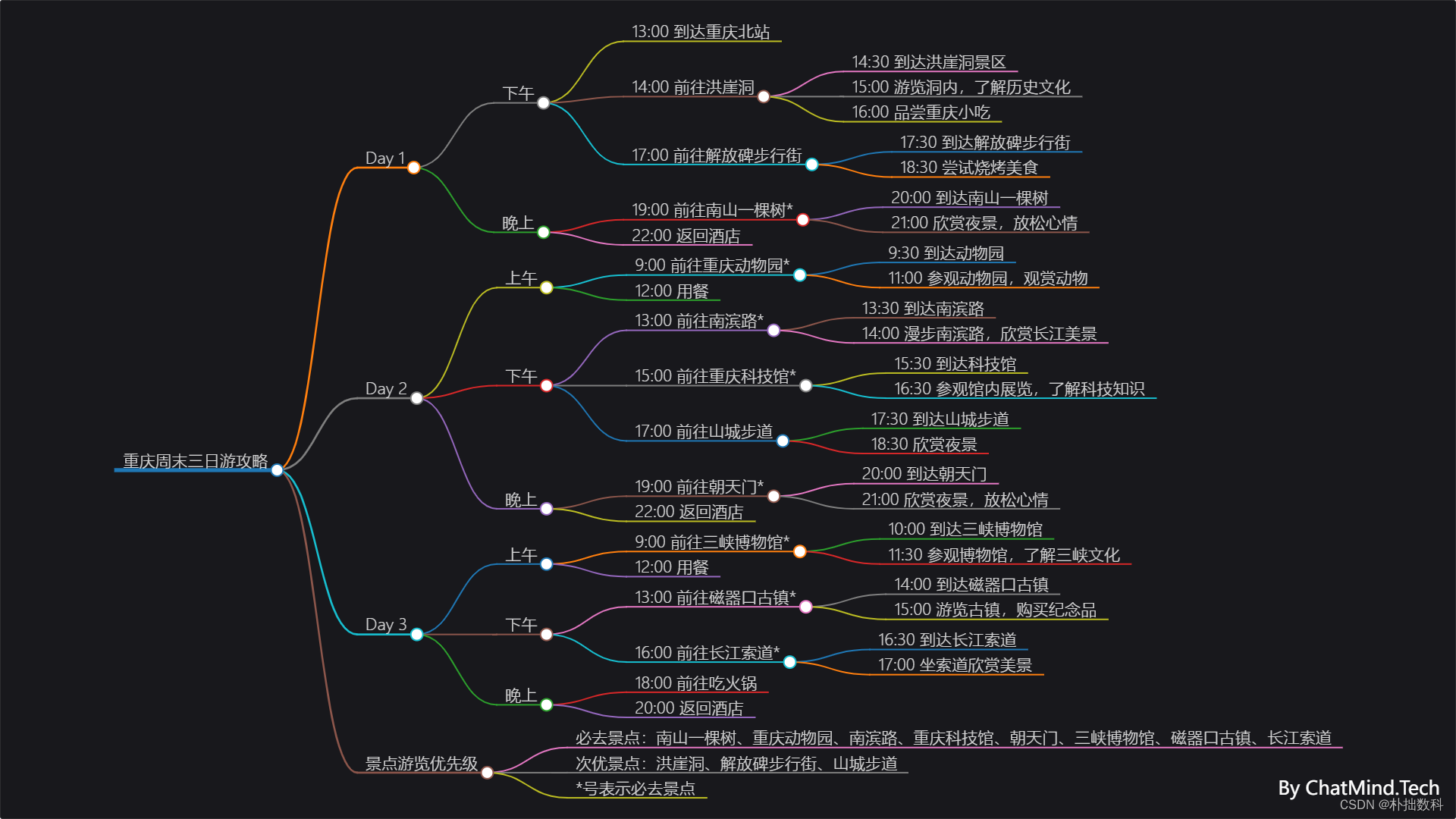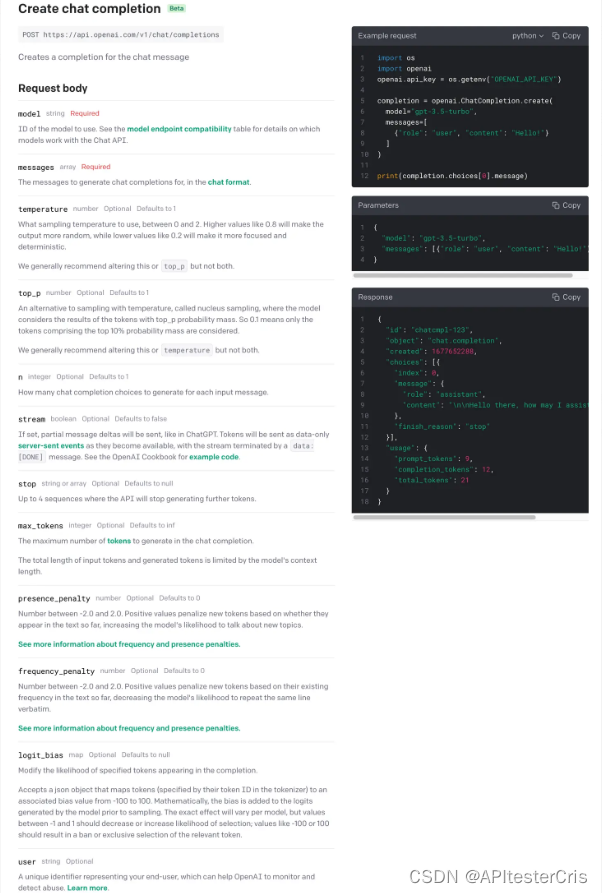首先准备好一个本地文件,在此我命名为唐诗三百首.txt如下图(https://img-blog.csdnimg.
图片:

##代码如下
import numpy as np, os
from collections import Counter
from warnings import filterwarnings
filterwarnings('ignore') # 不打印警告from keras.utils import to_categorical
from keras.models import Sequential, load_model
from keras.layers import Conv1D, MaxPool1D, GlobalMaxPool1D, Dense,Flattencorpus_path = '唐诗三百首.txt'
len_chr = 1000 # 字库大小
window = 24 # 滑窗大小
filters = 20 # 卷积录波器数量
kernel_size = 5 # 卷积核大小
times = 4 # 训练总次数
batch_size = 250
epochs = 2
window = 24 # 滑窗大小(一句诗词5个字,加一个标点共6个字符。一首诗4句。共24个字符
filepath = 'model.hdf5'#读取古诗文件
with open(corpus_path, encoding='utf-8') as f:seq_chr = f.read().replace('\n', '')len_seq = len(seq_chr) # 语料长度372864
chr_ls = Counter(list(seq_chr)).most_common(len_chr)#按照词频统计字,从高频到低频 生成类似(',', 31072), ('。', 31072), ('不', 3779), ('人', 3377),
chr_ls = [i[0] for i in chr_ls]#将字按频数写成列表 类似[',', '。', '不', '人', '山', '日', '云', '风', '无', '一', '月', '何', '有
chr2id = {c: i for i, c in enumerate(chr_ls)}#{字:频数 }字典
id2chr = {i: c for c, i in chr2id.items()}#{频数:字 }字典
seq_id = [chr2id[c] for c in seq_chr] # 文字序列 --> 索引序列 #找到chr2id里的每个字在原文的索引位置.
c2i = lambda c: chr2id.get(c, np.random.randint(len_chr))#字典取值,有取c,没有随便从1000(len_chr)个取一个字输入x,输出y处理:
#输入输出处理
reshape = lambda x: np.reshape(x, (-1, window, 1)) / len_chr#1维卷积输入格式(-1,size,1)
x = [seq_id[i: i + window] for i in range(len_seq - window)]
x = reshape(x)#(372840, 24, 1)
y = [seq_id[i + window] for i in range(len_seq - window)]
y = to_categorical(y, num_classes=len_chr)#(372840, 1000) 一个文字一个种类模型:
def CNNmodel():model = Sequential()model.add(Conv1D(filters, kernel_size * 2, padding='same', activation='relu'))model.add(MaxPool1D())model.add(Conv1D(filters * 2, kernel_size, padding='same', activation='relu'))model.add(Flatten())model.add(Dense(len_chr, activation='softmax'))model.compile(optimizer='adam', loss='categorical_crossentropy',metrics=['accuracy'])return modelmodel=CNNmodel()
model.fit(x,y)
model.save(filepath)
#随机采样:
#随机采样
def draw_sample(predictions, temperature):pred = predictions.astype('float64') # 提高精度防报错pred = np.log(pred) / temperaturepred = np.exp(pred)pred = pred / np.sum(pred)pred = np.random.multinomial(1, pred, 1)return np.argmax(pred)
预测函数:
def predict(t, pred):if t:print('随机采样,温度:%.1f' % t)sample = draw_sample#调用随机采样函数else:print('贪婪采样')sample = np.argmaxfor _ in range(window):#循环24次,进行预测,打印24个字形成一首诗x_pred = reshape(pred[-window:])#-window:每次取最后24个字作为输入,并变换为一维卷积神经网络输入格式reshapey_pred = model.predict(x_pred)[0]#y_pred为[[]]2维数组(1, 1000),[0]表示变换格式为[](1000,)i = sample(y_pred, t)#随机采样pred.append(i)text = ''.join([id2chr[i] for i in pred[-window:]])#将输出添加进字符串print('\033[033m%s\033[0m' % text)#加载模型
model = load_model(filepath)
#主函数
if __name__ == '__main__':while True:#无限循环title = input('输入标题').strip() + '。'len_t = len(title)randint = np.random.randint(len_seq - window + len_t)#数据库字的总长度-要输出的文字window长度+标题长度,从这里面取数randint = int(randint // 12 * 12)pred = seq_id[randint: randint + window - len_t] + [c2i(c) for c in title]#随机取一些字+输入标题字组成24个字作为输入for t in (None, 1, 2,3):predict(t, pred)
预测示范:

总代码
import numpy as np, os
from collections import Counter
from warnings import filterwarnings
filterwarnings('ignore') # 不打印警告from keras.utils import to_categorical
from keras.models import Sequential, load_model
from keras.layers import Conv1D, MaxPool1D, GlobalMaxPool1D, Dense,Flattencorpus_path = '唐诗三百首.txt'
len_chr = 1000 # 字库大小
window = 24 # 滑窗大小
filters = 20 # 卷积录波器数量
kernel_size = 5 # 卷积核大小
times = 4 # 训练总次数
batch_size = 250
epochs = 2
window = 24 # 滑窗大小(一句诗词5个字,加一个标点共6个字符。一首诗4句。共24个字符
filepath = 'model.hdf5'#读取古诗文件
with open(corpus_path, encoding='utf-8') as f:seq_chr = f.read().replace('\n', '')len_seq = len(seq_chr) # 语料长度372864
chr_ls = Counter(list(seq_chr)).most_common(len_chr)#按照词频统计字,从高频到低频 生成类似(',', 31072), ('。', 31072), ('不', 3779), ('人', 3377),
chr_ls = [i[0] for i in chr_ls]#将字按频数写成列表 类似[',', '。', '不', '人', '山', '日', '云', '风', '无', '一', '月', '何', '有
chr2id = {c: i for i, c in enumerate(chr_ls)}#{字:频数 }字典
id2chr = {i: c for c, i in chr2id.items()}#{频数:字 }字典
seq_id = [chr2id[c] for c in seq_chr] # 文字序列 --> 索引序列 #找到chr2id里的每个字在原文的索引位置.
c2i = lambda c: chr2id.get(c, np.random.randint(len_chr))#字典取值,有取c,没有随便从1000(len_chr)个取一个字#输入输出处理
reshape = lambda x: np.reshape(x, (-1, window, 1)) / len_chr#1维卷积输入格式(-1,size,1)
x = [seq_id[i: i + window] for i in range(len_seq - window)]
x = reshape(x)#(372840, 24, 1)
y = [seq_id[i + window] for i in range(len_seq - window)]
y = to_categorical(y, num_classes=len_chr)#(372840, 1000) 一个文字一个种类def CNNmodel():model = Sequential()model.add(Conv1D(filters, kernel_size * 2, padding='same', activation='relu'))model.add(MaxPool1D())model.add(Conv1D(filters * 2, kernel_size, padding='same', activation='relu'))model.add(Flatten())model.add(Dense(len_chr, activation='softmax'))model.compile(optimizer='adam', loss='categorical_crossentropy',metrics=['accuracy'])return model
"""
model=CNNmodel()
model.fit(x,y)
model.save(filepath)"""
#模型加载
model = load_model(filepath)
#随机采样
def draw_sample(predictions, temperature):pred = predictions.astype('float64') # 提高精度防报错pred = np.log(pred) / temperaturepred = np.exp(pred)pred = pred / np.sum(pred)pred = np.random.multinomial(1, pred, 1)return np.argmax(pred)def predict(t, pred):if t:print('随机采样,温度:%.1f' % t)sample = draw_sample#调用随机采样函数else:print('贪婪采样')sample = np.argmaxfor _ in range(window):#循环24次,进行预测,打印24个字形成一首诗x_pred = reshape(pred[-window:])#-window:每次取最后24个字作为输入,并变换为一维卷积神经网络输入格式reshapey_pred = model.predict(x_pred)[0]#y_pred为[[]]2维数组(1, 1000),[0]表示变换格式为[](1000,)i = sample(y_pred, t)#随机采样pred.append(i)text = ''.join([id2chr[i] for i in pred[-window:]])#将输出添加进字符串print('\033[033m%s\033[0m' % text)if __name__ == '__main__':while True:#无限循环title = input('输入标题').strip() + '。'len_t = len(title)randint = np.random.randint(len_seq - window + len_t)#数据库字的总长度-要输出的文字window长度+标题长度,从这里面取数randint = int(randint // 12 * 12)pred = seq_id[randint: randint + window - len_t] + [c2i(c) for c in title]#随机取一些字+输入标题字组成24个字作为输入for t in (None, 1, 2,3):predict(t, pred)数据集低配版链接:唐诗一百首.txt 数据集
高配数据集链接:
数据集:唐诗三百首.txt
数据集决定着最后好坏,几百首还是太少啦。

电气工程的计算机萌新:余登武。写博文不容易,如果你觉得本文对你有用,请点个赞支持下。谢谢。
















![[Android] 检讨书生成器1.0](https://img-blog.csdnimg.cn/img_convert/46fb8ac0bd1ded7d46d230953197f40f.png)

